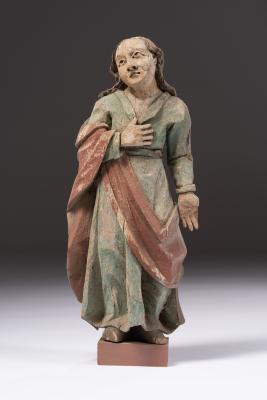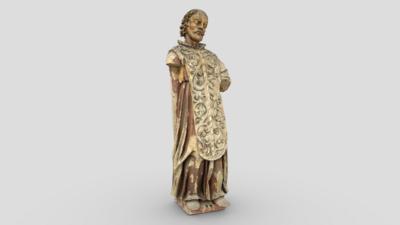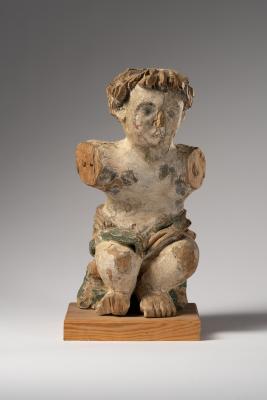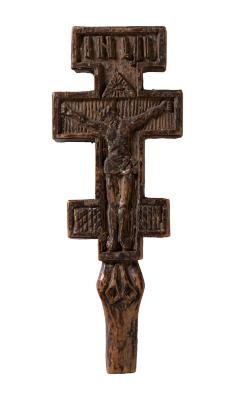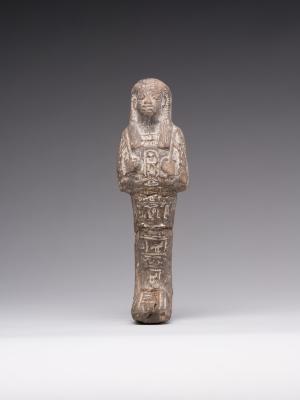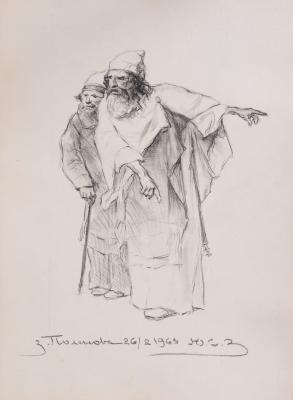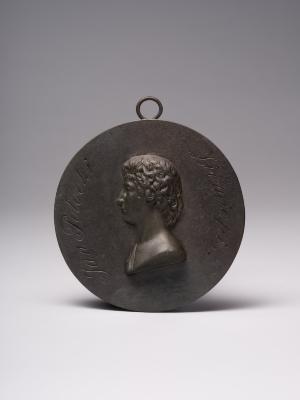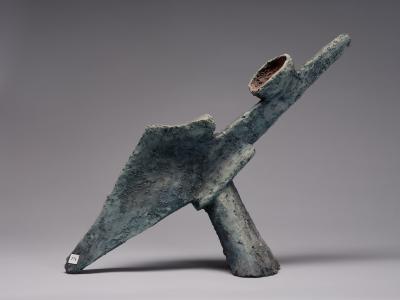In his works, be they small sketches or monumental landscapes, Ivan Trush remained faithful to the principle of the mood of the painting, in which the smallest details of the landscape are emphasised. During his career, the artist created more than 6000 sketches. In "The Windmill" sketch the artist favours the foreground motif, which, with skilfully recreated subtle colouring and impressively used light and air effects, creates the poetic mood of the painting. The main "character" of the painting is the windmill itself against a stormy sky, surrounded by a spacious view with a field of yellow flowers and a strip of forest on the horizon.











